Mould on Clothes: Causes of Mould on Clothes and How to Get Rid of It
Mould is a type of fungus that thrives in moist, warm environments. It reproduces through spores, which are practically everywhere in the air. When those spores land on a damp surface like your wet towel tossed in a laundry basket and they start to grow. Most commonly, mould on clothes can be seen as black spot or greenish-blue patches on your garments. These aren’t just stains. They’re living organisms feeding on the fabric.
Wearing or even being around mouldy clothes can cause skin irritation, allergies, asthma flare-ups, and respiratory issues. For people with sensitive systems, it’s more than just an ugly stain. It’s a serious health concern.
Causes of Mould on Clothes
- Mould on clothes is common in Dundas due to humid weather and poor ventilation.
- Storing clothes in dark, stuffy spaces like closets can trap moisture and lead to mould growth.
- Leaving wet clothes in the washing machine for too long or storing damp laundry can quickly lead to mould.
- Stains from food or sweat can give mould the nutrients it needs to grow.
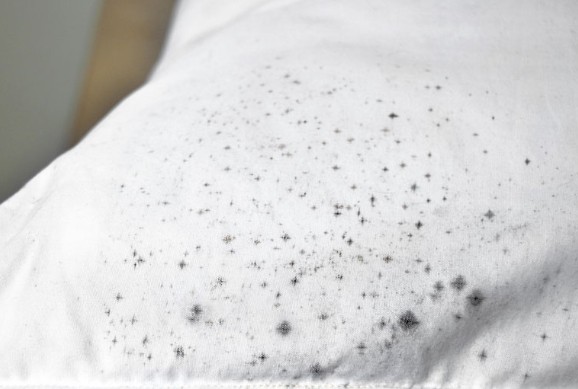
How to Detect Mould on Clothes
One of the first signs of mould on clothes is the appearance of small dark spots or discolouration. These patches are often green, black, or grey and can grow quickly if left untreated.
A strong musty smell, similar to an old basement, is another clear warning sign. If your clothes still smell funky after washing, mould could be the hidden culprit.
Physical reactions like sneezing, coughing, or skin irritation might also signal the presence of mould. If certain clothes make you feel itchy or unwell, it’s time to check for hidden mould.
How to Get Rid of Mould on Clothes
You can remove mould by following these steps:
- Brush Off the Mould: Gently brush off any visible mould from the garment.
- Use Vinegar: Clean the mouldy area with vinegar to help eliminate the mould.
- Wash in Hot Water: Wash the mouldy clothes in hot water to effectively remove the mould.
- Dry Thoroughly: Dry your clothes in direct sunlight to kill mould spores, or use a dryer, making sure they are completely dry before storing them.
Mould can easily transfer from affected areas in your home, like ceilings, walls, or bathrooms, to your clothes. While moving house, you need to be careful if there is mould in clothes because it will tranferred to your new house too. To stop mould from coming back, it’s essential to have those areas professionally cleaned. Don’t wait—reach out to Quick Mould and Pest Services to tackle the problem effectively! We provide services in Parramatta and near by suburbs.
For more information about mould and service, visit our website.
What we Clean?
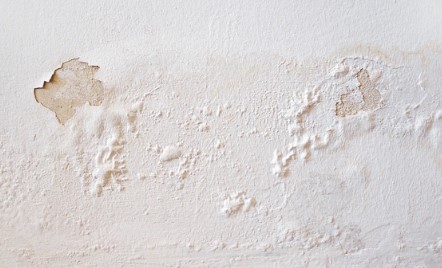

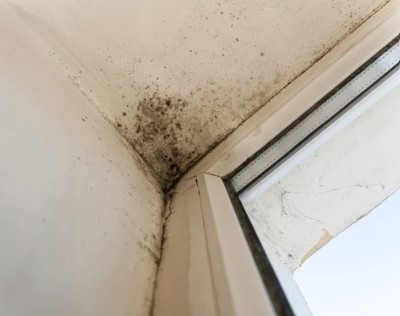
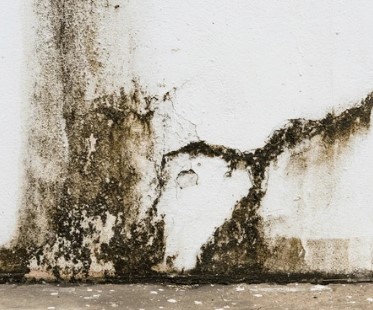
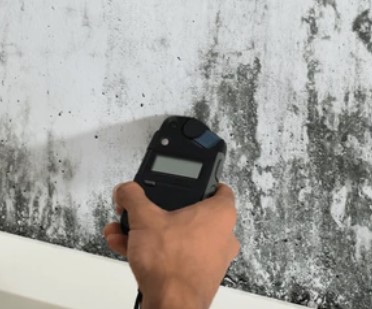


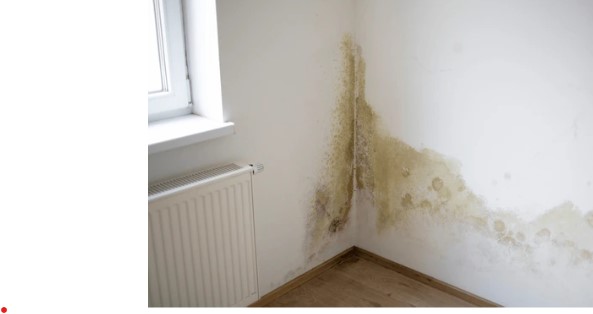
Why does mould grow?
If you plan to clean mould, be careful to prevent spores from spreading throughout your home. Mould usually sticks to walls, but it consists of tiny spores that can easily become airborne and settle in different areas if not handled properly. These spores are invisible to the naked eye, making them difficult to detect. Once they land on a suitable surface, they can grow into new mould colonies. Our cleaning business offers a range of mould removal services in your area to help keep your home safe and mould-free.
What should you do if you see mould in your home?
If you can already see mould in your home, your main focus should be getting rid of it rather than testing it. While some types of mould may be more harmful than others, the Centers for Disease Control and Prevention advises removing all mould immediately, regardless of the type. Whether it’s black, brown, green, or white, mould needs to go. Testing might be useful if you want to be sure there’s no toxic black mould present, but the priority should always be removal.

June Mark
Mom
What should you do if mould is affecting your health?
Removing mould is just the first step. Mould in your home can make you sick by releasing spores that irritate your airways, causing nasal congestion, coughing, wheezing, throat irritation, and chest tightness. If you experience these symptoms, clean the mould and see a doctor as soon as possible.
To check for mould, you can buy a mould test kit from a hardware or home improvement store. Look for signs like dark spots, discoloration, or damp areas. Some kits use tape or cotton swabs to collect samples, while others test the air from your HVAC system. The samples are sent to a lab to identify the mould type, but these tests aren’t always accurate and don’t measure mould levels.
Once you find mould, wear gloves, safety goggles (without ventilation holes), a face mask, and long-sleeved clothing before cleaning. Also, turn off fans and air conditioning to prevent spreading spores.
Is mould on clothes dangerous?
Yes, especially for people with allergies or asthma. It can trigger respiratory issues and skin irritation.
Can dry cleaning remove mould?
In many cases, yes. Especially for delicate fabrics, dry cleaning can help remove both the mould and the odour.
Why do clothes get mouldy even in a wardrobe?
Poor airflow, humidity, and dampness in the wardrobe are the main culprits. Even clean clothes can get mouldy if stored in a moist environment.
How do I store clothes long-term without mould?
Use vacuum-sealed bags, moisture absorbers like silica gel, and make sure everything is bone-dry before packing.
Comments are closed